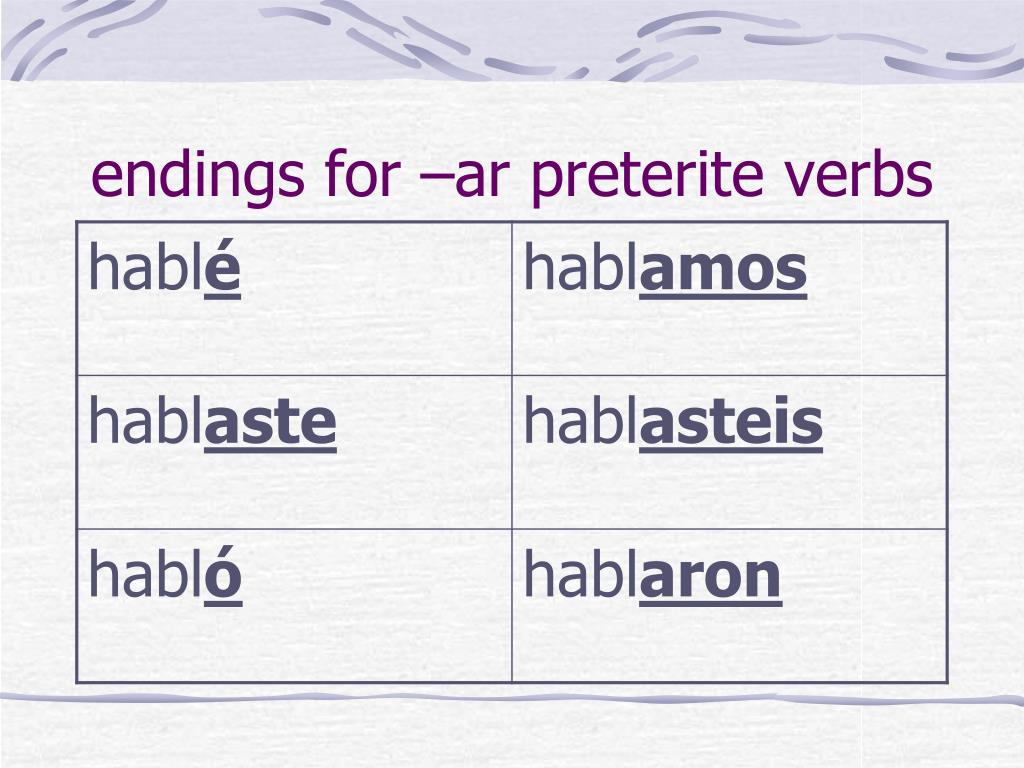

Don’t forget to read about the different uses of tener if you don’t know them yet! Now you know all there is to know about the conjugation of tener. At times, the stem ten changes to tien or tuv. We get the stem of Spanish verbs by eliminating the endings “ar”, “er” or “ir”. For example, “tienes que hacerlo” means “you have to do it”. The verb phrase “tener que” means “have to” in English, and it expresses obligation. What is the meaning of tener que?Īt times, tener is used with the Spanish preposition que and an infinitive (infinitives are verbs that end in “ar”, “er”, or “ir” in Spanish). One of them is “tener sed”, which means “to be thirsty”. Tener is also used in many idiomatic expressions. For example, “yo tengo un carro” means “I have a car” in English. In Spanish, tener is used to indicate possession. Don’t worry if you make a mistake! It’s just proof that you are learning! Common Questions About Tener 1. Need more practice? Clozemaster will expose you to real Spanish and exercises that will require you to fill in missing information. Ustedes _ un carro muy rápido.Īnswers: 1. If you acquire new vocabulary, you learn it subconsciously as a result of meaningful interaction with the target language.ġ. However, the only accepted verb forms of the tener imperative are the following: tú tenĭo you what’s better than reading about the conjugation of tener? It’s acquiring it. Many people include all kinds of wrong verb forms in this category. (no direct English translation) Imperative Mood Vosotros/vosotras hubierais (or hubieseis) tenidoĮllos/ellas hubieran (or hubiesen) tenidoįuturo Compuesto – Future Perfect Tense Conjugation Nosotros/nosotras hubiéramos (or hubiésemos) tenido Él/ella/usted hubiera (or hubiese) tenido Vos hubieras (or hubieses) tenido (South American) Pretérito Pluscuamperfecto – Pluperfect Tense Conjugation yo hubiera (or hubiese) tenido (no direct English translation) Tiempos Compuestos – Compound Tenses Pretérito Perfecto Compuesto – Preterite (Present) Perfect Tense Conjugation yo haya tenido Vosotros/vosotras tuvierais (or tuvieseis)

Nosotros/nosotras tuviéramos (or tuviésemos) Vos tuvieras (or tuvieses) (South American) Pretérito Imperfecto – Imperfect Tense Conjugation yo tuviera (or tuviese) Tiempos Simples – Simple Tenses Presente – Present Tense Conjugation yo tenga When conjugating in the subjunctive mood, “yo es tuviera” becomes “yo tuviera”. Pretérito Anterior – Preterite Perfect Tense Conjugation yo hube tenidoįuturo Compuesto – Future Perfect Tense Conjugation yo habré tenidoĬondicional Compuesto – Conditional Perfect Tense Conjugation yo habría tenidoĭo you remember the tip I gave you about conjugating the tener preterite in the indicative mood? The same happens here! Eliminate the letters “es” from the estar preterite and you’ll get the preterite of tener. Pretérito Pluscuamperfecto – Pluperfect Tense Conjugation yo había tenido

Tiempos Compuestos – Compound Tenses Pretérito Perfecto Compuesto – Preterite (Present) Perfect Tense Conjugation yo he tenido Pretérito Perfecto – Preterite Tense Conjugation yo tuveįuturo – Future Tense Conjugation yo tendréĬondicional – Conditional Tense Conjugation yo tendría Pretérito Imperfecto – Imperfect Tense Conjugation yo tenía Tiempos Simples – Simple Tenses Presente – Present Tense Conjugation yo tengo That’s it! Now you have the correctly conjugated preterite of tener. For example, “yo es tuve” becomes “yo tuve”. I’ll give you a tip to help you always conjugate the tener preterite right! Do you already know the preterite of estar ? Then, just eliminate the first two letters ( es) from all the forms of the estar preterite. Since they only include simple Spanish tenses in their reference because of space limitations, we have added the conjugations of both simple and compound Spanish tenses in this guide. We used the current verb conjugation reference of tener provided by the Royal Spanish Academy (RAE). In the following expressions, tener means to be: tener calorīelow you’ll find the proper conjugation of tener. For example, “Yo tengo una casa” is “I have a house” in English. It is translated as to have when it means “to possess” in Spanish. Tener in English is either to have or to be. Ready? Let’s dive into it! Tener in Spanish
ESTAR PRETERITE ENDINGS HOW TO
You’ll also learn how to use the verb phrase tener que in Spanish and will discover the different meanings of this Spanish verb. In this lesson, you will learn all there is to know about conjugating tener.


 0 kommentar(er)
0 kommentar(er)
